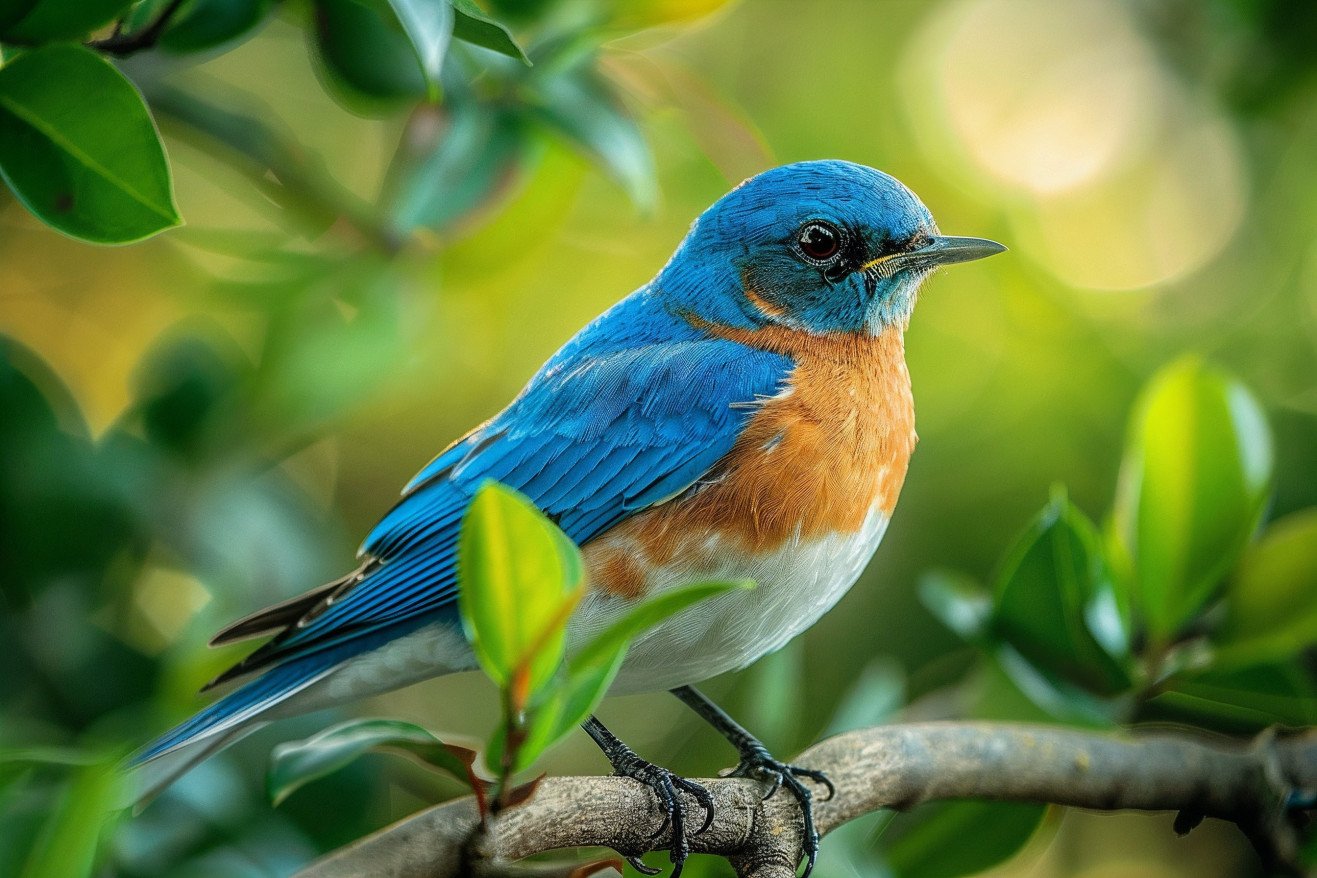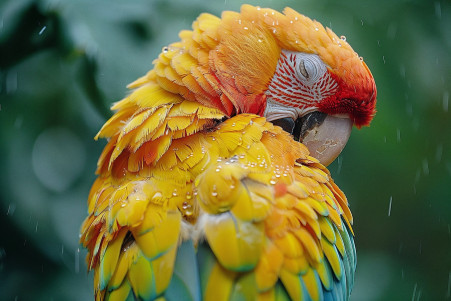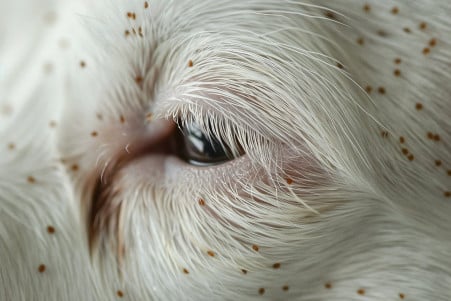How to Get Rid of Bird Mites Immediately: Safe and Effective Methods
20 May 2024 • Updated 18 May 2024

If you have a bird mite infestation in your home or aviary, you may be wondering how to get rid of these annoying pests immediately without harming your birds. Bird mites can be killed immediately with pyrethrin or pyrethroid-based insecticides that are formulated for use in chicken coops, bird cages, and other bird environments.
Fortunately, there are several safe and effective ways to get rid of bird mites quickly and immediately without harming birds, other animals, or people. In this article, we'll cover the most up-to-date scientific studies on the strongest yet safest ingredients that have been shown to kill bird mites on contact. We'll also give you some tips on how to prevent re-infestation by breaking the mites' life cycle and making their living conditions less hospitable.
What kills bird mites instantly?
How to Spot and Diagnose Bird Mite Infestations
Bird mites are small arachnids that are hard to see with the naked eye. WebMD explains that they can range in color from white to black, and some people have even described them as "walking pepper flakes." Adult mites have eight legs, while immature mites have six.
The most common symptoms of an infestation are skin irritation, seeing mites on surfaces, increased bird activity near the home, unexplained bites, and finding feathers or nest debris. As explained by the University of Wisconsin, bird mites prefer warm, humid environments, so they are most active in the spring and early summer when birds are nesting.
While bird mites need avian blood to reproduce, they can live for up to three weeks without a host. That said, they don't live as long off the bird, especially in dry environments like air-conditioned homes. It is important to identify and remove the source of the infestation, such as nesting birds or bird carcasses, to effectively get rid of an infestation. If the mites' preferred environment and food source are taken away, they won't be able to survive for long, which will make treatment more effective.
Chemical Treatments That Work for Immediate Bird Mite Removal
Chemical insecticides like pyrethrin or pyrethroid-based products, such as Steri-Fab and Bedlam, are known to kill bird mites on contact. As noted by Phoenix Environmental Design Inc., these products are specifically formulated for use in chicken coops, bird cages, and other bird habitats, so they are safe to use indoors.
It is important to make sure that you are following the instructions on the insecticide you choose, including how to apply it and any safety measures you should take. DomyOwn.com also notes that insecticides should be used in combination with other methods, such as vacuuming, laundering linens, and treating cracks and crevices, to ensure that you are getting rid of all mites in your home. If you have a particularly bad infestation or if there are hard-to-reach areas in your home, you may want to consider hiring a professional pest control company.
Natural and Eco-Friendly Bird Mite Treatments
For people who want to avoid chemical pesticides, diatomaceous earth (DE) is a natural and nontoxic way to kill bird mites. As explained by VeryWell Health, DE kills mites by dehydrating them and causing physical damage to their exoskeletons, which eventually kills them.
Other natural treatments mentioned by Attainable Sustainable include essential oils, garlic, and apple cider vinegar. The article also suggests creating dust-bathing spots with sand, ash, and DE to help manage mites.
Some products, such as Premo Guard Bird Mite Spray, have nontoxic formulas that kill bird mites on contact and are safe for pets and kids. The ratings for this spray say it "works great" and is "safe for pets."
When these natural treatments are used in conjunction with thorough cleaning and the removal of bird nests, they can help ensure that bird mites are controlled in a way that's safe for the environment. This multi-faceted approach can help ensure that mites are eliminated effectively, without the need for harsh chemicals.
How to Avoid Bird Mite Infestations: Proactive Steps
Avoiding bird mite infestations is important because these pests can multiply and spread rapidly. The University of Minnesota Extension notes that one of the most important proactive steps is to regularly check for and remove any bird nests or dead birds near your home.
In addition, the use of sealing cracks and crevices, fans and dehumidifiers to reduce moisture, and keeping a clean house can all help to reduce the likelihood of bird mites, according to Pest Defence. People who own pet birds should talk to their vets about mite prevention products and make sure to vacuum and clean their bird's cage and living area regularly.
The article on Avian Enthusiast suggests treating potential nesting areas with insecticides or natural repellents at least twice a year to help prevent future infestations. These steps can help make your home less attractive to nesting birds and can help break the mites' reproductive cycle, which can help prevent a full infestation.
Conclusion: How to Get Rid of Bird Mites for Good
Bird mites are a nuisance that can make life at home miserable if you don’t take steps to get rid of them. Knowing the lifecycle, habits, and preferred habitats of bird mites is important if you want to control and prevent them.
Chemical insecticides and natural treatments like diatomaceous earth can be used to kill bird mites on contact, and they are safe and effective. When these treatments are combined with cleaning, removing bird nests, and making your home less appealing to bird mites, you can control them effectively.
By taking steps to prevent bird mites and dealing with infestations as soon as they occur, you can make sure that your home is free of these pests.


